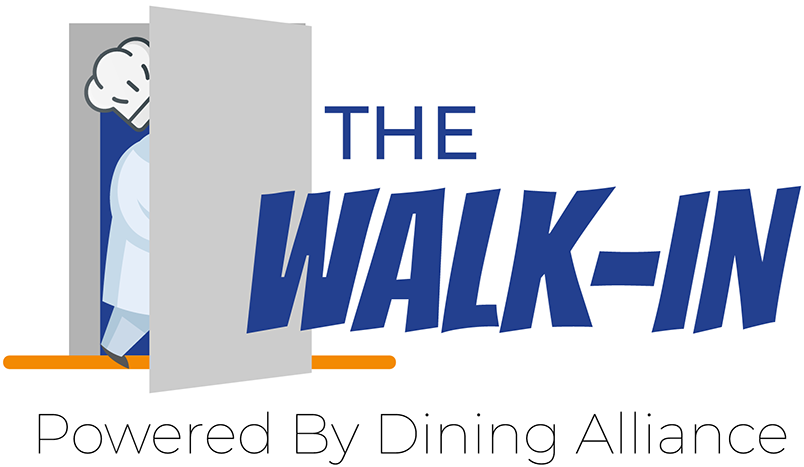Understanding and effectively managing the Cost of Goods Sold (COGS) is the cornerstone of financial success. Independent restaurant operators grapple with numerous challenges in ensuring optimal operational efficiency and profitability. With the constant pressure to deliver top-quality cuisine while managing costs, having a firm grip on COGS becomes paramount for sustained growth and success.
In this blog, we delve into the intricate dynamics of the Cost of Goods Sold (COGS) as it pertains to independent restaurant operators. We explore the fundamental aspects of calculating COGS, shed light on the challenges faced by restaurateurs, and offer strategic insights to navigate the complexities effectively. Moreover, we highlight the transformative role of visibility, a key player in the industry, in empowering restaurant operators with the tools and knowledge to gain unparalleled visibility into their COGS.
What is Cost of Goods Sold?
The Cost of Goods Sold (COGS) is a crucial financial metric that represents the direct costs associated with producing or purchasing the goods that a company sells during a particular period. It includes the cost of the materials and labor directly used in the production of the goods.
What’s included in a restaurant’s cost of goods sold?
The cost of goods sold (COGS) in a restaurant typically includes the direct costs associated with producing the food and beverages that are sold to customers. This includes the costs of ingredients, such as:
- Food items: The cost of all the raw materials and ingredients used in the preparation of dishes, including meat, vegetables, grains, and other food items.
- Beverages: The cost of all beverages served to customers, including alcoholic and non-alcoholic drinks.
Additionally, other costs directly associated with the production of food and beverages may be included in the COGS, such as:
- Packaging: The cost of containers or packaging materials used for takeout or delivery orders.
- Seasonings and condiments: The cost of spices, sauces, and other flavoring agents used in the preparation of dishes.
- Direct labor: The wages and benefits of kitchen staff directly involved in the preparation of food and beverages, such as chefs, cooks, and kitchen assistants.
- Overhead costs: Some indirect costs related to production, such as utilities for the kitchen area, kitchen equipment maintenance, and cleaning supplies, may also be included.
It’s essential for restaurant owners to accurately calculate their COGS, as it is a key metric for evaluating the profitability of their business and making informed decisions about pricing, menu selection, and inventory management.
How does a restaurant calculate their Cost of Goods Sold (COGS)?
Calculating the Cost of Goods Sold (COGS) for a restaurant involves a straightforward formula that takes into account various aspects of the business. The equation typically involves adding the beginning inventory to purchases and then subtracting the ending inventory. Here’s the breakdown:

To calculate the beginning inventory, restaurant operators should determine the value of all the food and beverage items in stock at the start of the accounting period. For purchases, they need to sum up the cost of all the food and beverage purchases made during the period. Lastly, to find the ending inventory, they should assess the value of all the remaining food and beverage items in stock at the end of the accounting period.
By using this straightforward formula, restaurants can gain a clear understanding of the total cost incurred in the production of the goods sold during a specific time frame, helping them make informed decisions to improve profitability and operational efficiency.
Overcoming the intricate landscape of Cost of Goods Sold (COGS) presents a multitude of challenges for independent restaurant operators. Among these challenges, fluctuating ingredient costs often pose a significant hurdle, making it difficult for restaurateurs to maintain a consistent and predictable pricing strategy while ensuring quality remains uncompromised. Additionally, the complexities of inventory management, including storage, shelf-life, and waste management, further compound the intricacies of calculating COGS accurately.
The dynamic nature of the restaurant industry, characterized by evolving consumer preferences and market trends, adds an additional layer of complexity to the COGS puzzle. Balancing the need to innovate and diversify the menu while keeping a close eye on cost containment demands a delicate equilibrium that many operators find challenging to achieve.
Furthermore, the lack of real-time data and visibility into purchasing patterns and supplier performance often leaves restaurant owners grappling with uncertainty, hindering their ability to make informed decisions and optimize their procurement processes. In the face of these daunting challenges, independent restaurant operators are increasingly seeking comprehensive solutions that not only streamline their COGS management but also provide valuable insights and strategies to enhance operational efficiency and drive profitability.
Technology plays a pivotal role in empowering independent restaurants with visibility and strategic insights. Advanced software solutions and analytics platforms enable restaurant operators to track inventory in real-time, accurately monitor ingredient costs, and analyze purchasing patterns. By leveraging these technological tools, independent restaurants can make data-driven decisions to optimize their procurement processes, minimize wastage, and effectively manage their pricing strategies.
The integration of point-of-sale (POS) systems with inventory management software allows for accurate tracking of sales and inventory levels, facilitating precise COGS calculations and informed decision-making. With technology at their fingertips, independent restaurant operators can proactively identify cost-saving opportunities, streamline their supply chain, and ultimately drive profitability in a competitive market landscape.










